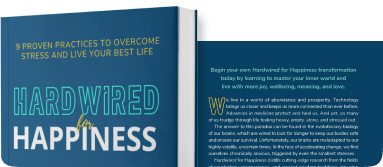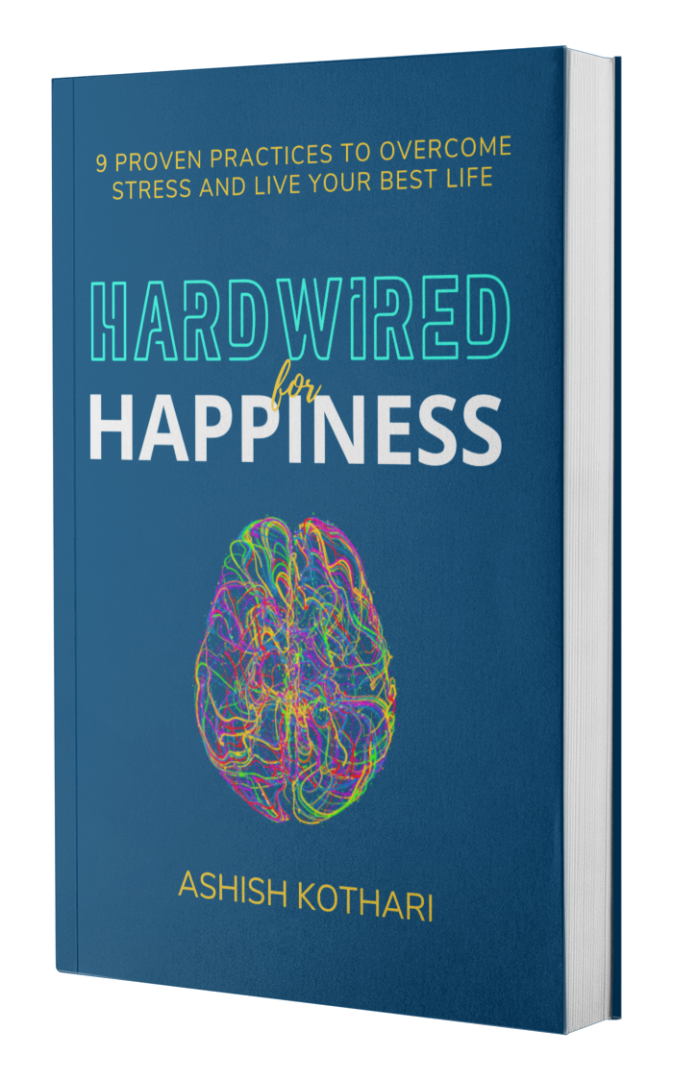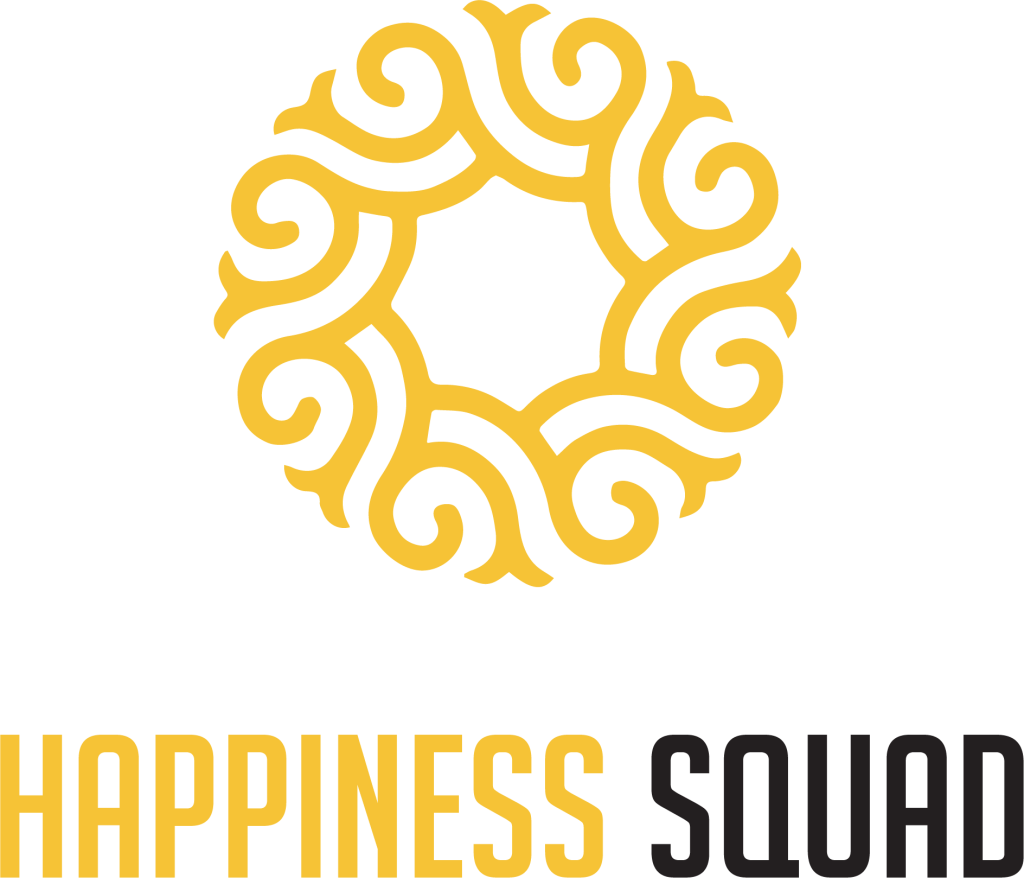From "Bad Busy" to "Good Busy": Reinventing Your Approach to Productivity with Kate Sotsenko

With advancing technology and AI, we’ve slashed the time it takes to do almost everything. We’ve removed friction from tasks like travel, banking, and meetings. We should be swimming in our free time, taking more vacations, and being more present, but that’s not our reality reinvent your productivity. Why are we still so busy?
In this article, Kate Sotsenko, Founder, Productivity & Leadership Coach at thegoodbusy.com, and I tackle the root causes of “bad busy,” and how to be “good busy” and reinvent your approach to productivity.
“If you are too busy, slow down. If you’re running too fast, slow down. That can make a big difference because you can start to focus on what really matters in
– Ashish Kothariatthe moment.”
Understanding “bad busy”
Chances are, you’ve found yourself caught in a relentless cycle of busyness, constantly on the go without making significant progress. This is what we call “bad busy.” But what drives this unproductive frenzy? Kate sheds light on the common culprits behind this pervasive issue.
- Accessibility of technology – Technology was supposed to give us more free time. Instead, we’re on a treadmill of tasks. Technology and social media have created a proximity where we are constantly exposed to visual cues and information. This constant exposure makes everything seem close and accessible, leading us to want more and more things.
- Lack of self-awareness – Humans do not invest enough time in learning about themselves. Instead, we spend more time learning about technology, while technology invests in learning about us. This lack of self-awareness prevents us from understanding our true desires and needs.
- Manipulation by technology – Technology uses its knowledge of human behavior to manipulate us into making certain decisions, wanting certain things, and meeting certain needs. This manipulation can drive us to be constantly busy without a clear purpose.
- Paradox of choice – The more choices and options we have, the harder it is to make decisions and be satisfied. Kate points out the concept of the “maximizers,” or people who are constantly looking for more, better, and faster always end up being incredibly “bad busy.”
- Lack of clarity on end goals – Many people have never stopped to ask themselves what they truly want. Without knowing their end goals or what they want to achieve, they remain in a constant state of busyness, running on a hamster wheel without direction.
When we don’t know what we want, it’s very hard to get it. In terms of productivity, your “why” is the driver, but in order to be productive and satisfied with your results and outcomes, you need to start with the end goal in mind.
– Kate Sotsenko
- Undefined metrics of happiness – People often use broad phrases like wanting to be productive, happy, satisfied, and fulfilled without defining what these terms mean for them personally. Different people have different definitions of happiness, and without defining these, they keep adding tasks and goals instead of eliminating unnecessary ones.
Another important point to consider is how related and deeply rooted this issue is in our neuroscience. Our brains evolved to keep us safe, not necessarily happy, which drives our desire for more as a way to feel secure.
Historically, we compared ourselves to our immediate neighbors, but now we compare ourselves to everyone we see online, fueling an insatiable hunger for everything. This hunger never gets satisfied because as soon as we achieve one goal, we immediately set our sights on the next. How can we bring back the satisfaction in our personal and professional lives?
How to bring more satisfaction in your life
In our world of work today, we often blame our organizations for our lack of satisfaction. But let’s not forget that an organization is just a group of people, and every single person is part of the group. If we want to reignite satisfaction, it begins within ourselves and boils down to these simple yet powerful tips:
- Slowing Down – The idea is to slow down and step back to go faster. If you’re too busy, take a moment to slow down. Meditation can give you a moment of clarity and help you focus on what really matters.
- Asking More Questions – It’s crucial to ask questions to clarify what is actually needed. When is it needed? How detailed does it need to be? Asking these questions helps reduce unnecessary busyness by making sure you’re working on the right things.
- Understanding Priorities – Something urgent for others isn’t always urgent for you. Live intentionally and be true to yourself instead of trying to please everyone. Understand what’s important to you and take the time to think about it. This helps you manage your workload and prevent feeling overwhelmed.
Instead of waiting for others to make changes, we need to initiate the change we want. To step into a more fulfilling personal and professional life, we must learn to break free from the cycle of being “bad busy” and embrace the “good busy.” But what does this concept really mean?
The “good busy” framework
Productivity is an internal game of decisions. Although the tools and systems do come into play and help make work faster and more efficient, they do not choose what kind of work you are going to do. You are still the ultimate decision-maker of whether you want to be “good busy” or “bad busy.” But if you find yourself caught in the middle, then let these steps be your guide:
- Pause – Start with the end goal in mind. Clarify the destination and deliverables to know what you need to achieve. If we don’t clarify the deliverables enough, we don’t know what we need to deliver or when we’ll get there.
- Rewind (Preparation) – This step is about preparation. Like in sports, proper preparation is crucial. Many meetings are unproductive because they require no preparation. Preparing beforehand makes meetings more productive and faster.
- Forward – Decide what to take forward and what to postpone. Many meetings are overloaded with topics, making agendas long and unclear. Productivity is about elimination, not addition.
- Play – Focus on monotasking rather than multitasking. In meetings, most people admit to multitasking, which reduces effectiveness. Focus on one task to absorb information and avoid the need for follow-up meetings.
- Replay (Reflection) – Reflection is about understanding what works and what doesn’t. Many people struggle to build habits because they miss this crucial step. Replay helps you understand what to eliminate and what to keep. When you keep things that work for you, it becomes easier to become disciplined in them, leading to positive emotions and increased motivation.
Society often glorifies being constantly busy, but is it really worth it? Good busy is about progress, growth, and fulfillment. Bad busy is about stress, burnout, and emptiness. It’s time to redefine productivity.
Conclusion
There’s a world of difference between ‘good busy’ and ‘bad busy.’ One fuels your passion, while the other drains your soul. The choice is yours. But remember, the most fulfilling life comes from making intentional decisions, setting boundaries, and prioritizing what truly matters. Let’s embrace ‘good busy’ together!
Despite advancements that have simplified our lives, why are we still busy? In this interview, Ashish Kothari and Kate Sotsenko, Founder, Productivity & Leadership Coach at thegoodbusy.com, tackle the root causes of “bad busy,” and how to be “good busy” and reinvent your approach to productivity.
Learn more about Kate at her LinkedIn.
Listen to the podcast with Ashish and Kate below.
Access and subscribe to all of the episodes of the Flourishing Edge Podcast here.
Visit the REWIRE Program powered up by the HAPPINESS SQUAD Community and experience your shift within your 30-day risk-free trial today. Cultivate your Self-Awareness, Gratitude, Purpose, Community, and personal growth more through the 9 Hardwired for Happiness practices. Integrate simple and proven micro-practices grounded in the science of happiness and neuroscience of habit formation in 5 minutes a day.
Make Flourishing Your Competitive Edge.


